Termite Tubes Hanging From Ceiling
Termite tubes hanging from ceiling can be a clear sign of an infestation. These dirt mud tubes serve as pathways for bugs seeking food and moisture. I have observed that their presence, often sizable termite infestation, indicates a serious problem within a home. Identifying these tubes early, especially in cases of termite infestation such as subterranean termites and drywood termite, is crucial for effective termite pest control to prevent extensive damage to structural wood.
In my experience, understanding the implications of these tubes can aid in timely intervention. Homeowners should act quickly upon discovery to mitigate potential harm. This post will explore the significance of termite tubes, how to identify them, and effective solutions for treatment and prevention. Awareness and action are key in protecting one’s property from these destructive pests.
Key Points:
- Termite tubes are protective tunnels built by termites, often found hanging from ceilings, indicating a potential infestation in your home.
- Recognizing the significance of these tubes is crucial; they serve as a sign that termites are actively seeking food and moisture in your structure.
- To identify termite tubes, look for mud-like structures that are about the width of a pencil and may appear on walls or ceilings.
- If you discover termite tubes, respond quickly by contacting pest control professionals to assess the situation and prevent further damage.
- Removing termite tubes should be done carefully; simply pulling them down won’t solve the problem since the termites may still be present.
- Regular home inspections can help catch termite activity early, protecting your property from costly repairs.
What Are Termite Tubes
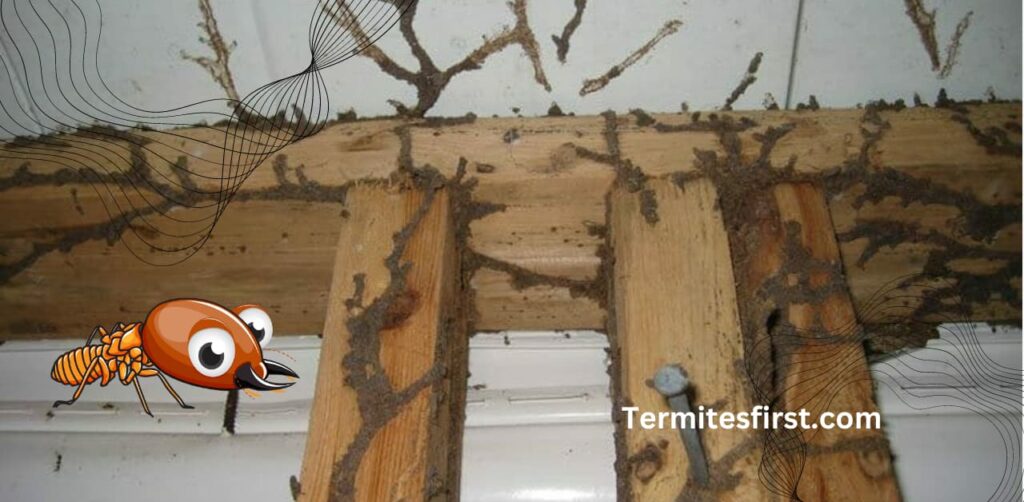
Appearance and Characteristics
Termite tubes have a distinct appearance. They are usually brown or gray, resembling mud. The texture feels rough and grainy to the touch. These tubes can take on different shapes. Some look like thin strands, while others resemble icicles hanging from surfaces. Recognizing these features is crucial for early identification. I remember spotting one in my garage and immediately understanding the potential danger it posed. Early detection can prevent significant damage.
These tubes often vary in size as well. Some may be just a few inches long, while others can stretch several feet. Their irregular shapes make them easy to overlook if not inspected carefully. Homeowners should check for these signs regularly.
Common Locations Found
Termite tubes can appear in various locations around a home. Ceilings and walls are common spots for these structures. They often build their tubes in hidden areas, making them hard to find. Basements and crawl spaces frequently harbor these tubes as well. I once found a tube behind some old boxes in my basement, which was alarming.
Outdoor locations also provide opportunities for termites to construct tubes. They might build them from the ground up to wooden structures like decks or porches. Finding these tubes outside is a warning sign that termites could enter your home.
Understanding Their Formation
Termites use specific materials to create their mud tubes. They combine soil, wood particles, and their saliva to form these structures. This mixture gives the tubes strength and durability. The purpose of these tubes is vital for termite survival. They protect termites from predators and harsh environmental conditions.
These pathways connect nests to food sources such as wood or plants. Without these tubes, termites would struggle to travel safely between locations. I learned this during a home inspection where we discussed how vital they are for the colony’s survival. Understanding their formation helps homeowners recognize potential infestations sooner.
Significance of Termite Tubes
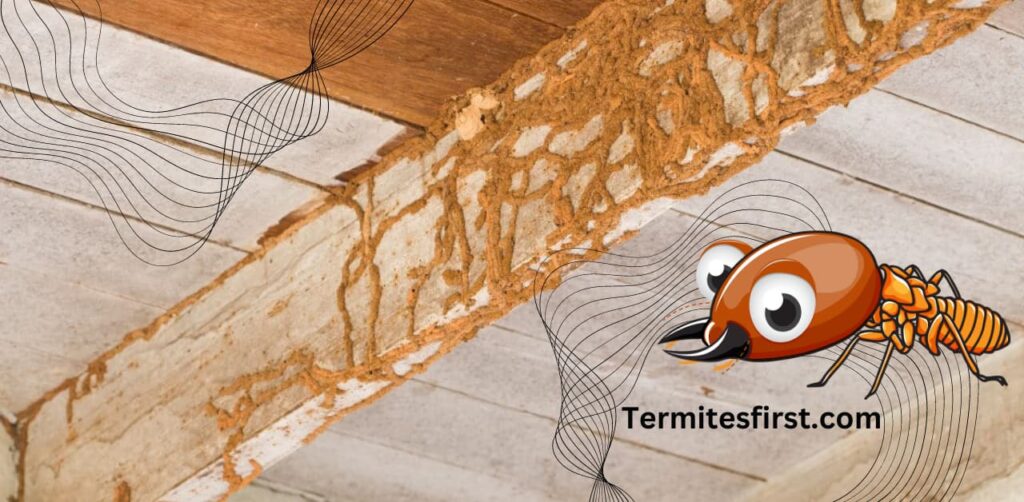
Indicators of Infestation
Termite tubes often indicate a serious infestation. Homeowners should look for signs like frass, which are tiny wood particles. Damaged wood is another clear sign. These indicators suggest that termites are actively feeding on the structure.
Visible tubes mean there is a strong possibility of a larger colony nearby. I once noticed tubes in my basement and found that they connected to damaged beams above. This connection shows how quickly infestations can spread. Monitoring for additional signs is essential. Regular checks can help catch problems early.
Potential Risks Involved
Ignoring termite tubes can lead to significant structural damage. Termites eat wood, weakening beams and supports. Over time, this can compromise the entire structure of a home. The cost of repairing such damage can be overwhelming for homeowners.
Financial implications extend beyond repairs. Treatment for infestations also adds to expenses. I learned from a friend whose home suffered severe damage due to termites. He faced thousands in repair costs after waiting too long to act.
Health risks come with prolonged exposure to termite-infested areas as well. Mold can grow in damp conditions created by termites. This mold may cause respiratory issues, especially for sensitive individuals.
Importance of Early Detection
Identifying termite tubes early is crucial in preventing extensive damage. Catching an infestation before it spreads can save homeowners significant amounts of money on repairs. I make it a habit to inspect my home regularly, especially during warmer months when termites are most active.
Early intervention allows for targeted treatments that are often less expensive than extensive repairs. Homeowners should consider regular inspections by professionals to catch infestations before they escalate into major problems.
Regular monitoring helps maintain the integrity of the home and protects against costly repairs later on. It’s much easier to deal with small issues than large infestations that take years to develop.
Identifying Termite Tubes

Recognizing the Signs
Homeowners should look for various signs of termite activity. Mud tubes are a common indicator, but they are not the only one. Wood that sounds hollow when tapped can signal the presence of termites. This occurs because termites eat through the wood, leaving only a thin layer intact.
During swarming season, discarded wings often appear around windows or doors. These wings indicate that termites are mating and establishing new colonies nearby. I remember finding wings in my home last summer. It was alarming and prompted me to inspect more thoroughly. Homeowners must stay alert to changes in their property’s structure. Small cracks or shifts can be signs of a larger problem.
Differentiating from Other Structures
Termite tubes can resemble other structures found in homes. Spider webs or mold may confuse homeowners at first glance. However, termite tubes are typically made of mud and have a distinct cylindrical shape. They often appear as long, narrow tunnels leading up walls or ceilings.
To differentiate between these structures, check for certain characteristics. Termite tubes feel firm and may crumble when touched, while spider webs are delicate and sticky. Mold has a fuzzy appearance and does not form tubes. If unsure, homeowners should conduct a closer inspection. I once mistook a spider web for termite tubes until I learned about their differences.
Tools and Techniques for Inspection
Proper tools make termite inspections more effective. A moisture meter helps detect damp areas where termites might thrive. Flashlights illuminate dark corners and hidden spaces where termites could be active. Inspecting attics and basements is crucial since these areas are often overlooked.
Techniques for checking hidden spaces include tapping on wooden surfaces and looking for small holes or frass—termite droppings that resemble sawdust. Use a screwdriver to probe wood; soft spots may indicate damage from termites. Thoroughness during inspections is essential to ensure no signs are missed.
I recommend taking your time during an inspection. Rushing can lead to overlooking important clues that indicate termite activity.
Responding to an Infestation
First Steps to Take
Homeowners should document the presence of termite tubes. Taking photos helps track the extent of the infestation. This evidence can be useful when contacting pest control.
Isolating affected areas is crucial. It prevents further spread of termites throughout the home. I remember isolating a room once, and it made a significant difference in controlling the situation.
After documenting and isolating, contacting a pest control professional is necessary. They have the expertise to handle active termite infestations effectively. Quick action can prevent future infestations from occurring.
Professional Help vs DIY
Professional extermination services are often more effective than DIY methods. They use specialized tools and techniques that a typical homeowner may not possess. This difference can significantly impact the success of treatment.
Attempting to handle infestations without expertise carries risks. Misidentifying pests can lead to ineffective treatments. I’ve seen friends try DIY solutions, only to find their problems worsened over time.
Professional assessments offer tailored treatment plans. These plans consider the specific nature of the infestation and the home’s structure. Experts understand how termites operate, including their underground colonies and behaviors.
Preventive Measures
Routine inspections serve as a proactive approach against pest problems. Regular checks can catch termite infestations early, minimizing damage. I always schedule inspections every year for peace of mind.
Sealing cracks and gaps in the home deters termite entry. Small openings allow pests easy access to your living space. Simple fixes like this can be very effective in preventing infestations.
Maintaining proper drainage is also essential. Poor drainage can create moisture-rich environments that attract termites. Landscaping should be away from the foundation to reduce risks.
Removing Termite Tubes
Step-by-Step Removal Guide
Inspecting for termite tubes is crucial. Look for unusual mud strings hanging from the ceiling or walls. These tubes indicate where termites travel. Identifying the extent of the infestation is necessary before removal.
Start by carefully removing the tubes. Use a utility knife or similar tool to cut them away. Avoid breaking them apart to prevent disturbing the colony too much. After removal, apply appropriate termite treatment products. This step helps eliminate any remaining pests and prevents future issues.
I remember when I found termite tubes in my home. The sight was alarming, but following these steps made the process manageable.
Safety Precautions to Consider
Using protective gear is essential during this process. Wear gloves and masks to protect against dust and potential allergens. Chemical treatments can be harmful, so ensure proper ventilation in your workspace. Open windows and doors to allow fresh air in.
Do not attempt to remove large infestations without professional guidance. Disturbing these colonies can cause swarming, which leads to more termites spreading throughout your home. It’s better to consult with pest termite control experts if you feel overwhelmed.
Post-Removal Actions
Scheduling follow-up inspections is vital after removing termite tubes. This ensures that the infestation has been fully addressed and eliminated. Regular checks help catch any new signs of termite activity early.
Monitoring your home for new signs is also important. Look for fresh mud tubes or damaged wood that may indicate a return of termites. Implement preventive measures as well. Keeping wood piles away from the foundation and maintaining dry areas around your home can deter future infestations.
I’ve learned that being proactive makes a big difference in pest control. Taking these steps can save homeowners from costly repairs later on.
Conclusion:-
Understanding termite tubes is crucial for homeowners. These structures indicate possible infestations that can cause significant damage. Recognizing and responding to these signs promptly is essential for effective pest management. I have outlined the importance of identifying and removing these tubes to protect property.
Taking action against termite infestations is vital. I encourage everyone to inspect their homes regularly for signs of termites. If you find any tubes, act quickly to mitigate damage. Consulting with a pest control professional can provide tailored solutions to your specific situation. Protecting your home from termites requires diligence and awareness. Stay informed and proactive in safeguarding your space.
FAQs:-
Termite tubes are typically made from soil, wood, and saliva, resembling small, pencil-sized tunnels. They can be found on walls, ceilings, or floors, often appearing as brown or grayish structures.
Termite tubes serve as protective pathways for termites to travel between their nests and food sources. They help maintain humidity levels essential for the termites’ survival and facilitate colony expansion.
Identifying termite tubes involves looking for hollow, mud-like structures along walls or ceilings. These tubes may also appear cracked or broken, indicating potential termite activity within the structure.
Upon discovering termite tubes, it is crucial to consult a pest control professional immediately. Early intervention can prevent extensive damage and minimize repair costs associated with a termite infestation.
While homeowners may remove visible termite tubes, it is advisable to leave this task to professionals. Removing them without addressing the underlying infestation may lead to further damage and recurrence.
Not all termite tubes indicate an active infestation; some may be remnants of previous activity. However, any presence of these tubes warrants investigation to assess potential risks to the property.
Preventive measures include reducing moisture around the home, sealing entry points, and maintaining proper drainage. Regular inspections by pest control experts can also help identify vulnerabilities before they escalate into infestations.



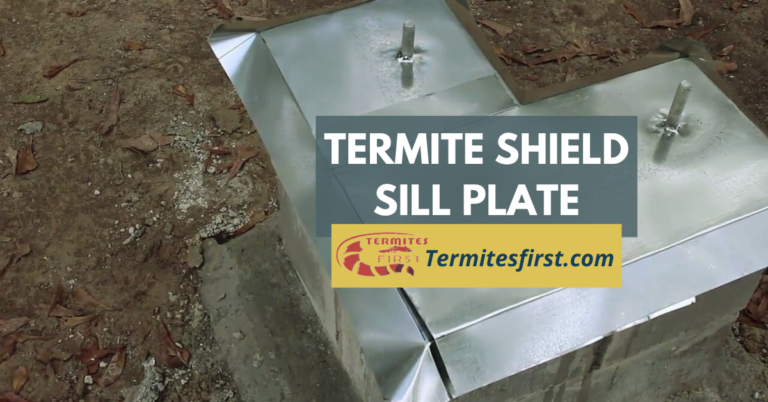

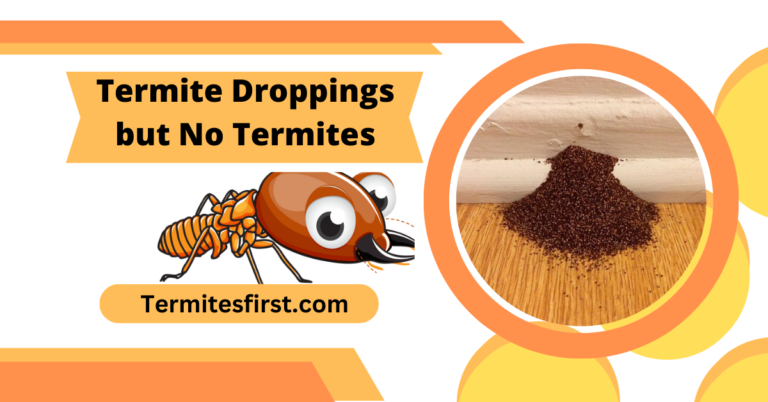

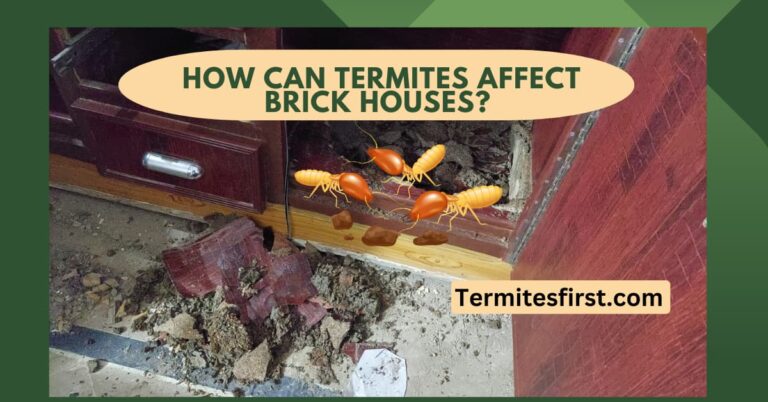
10 Comments